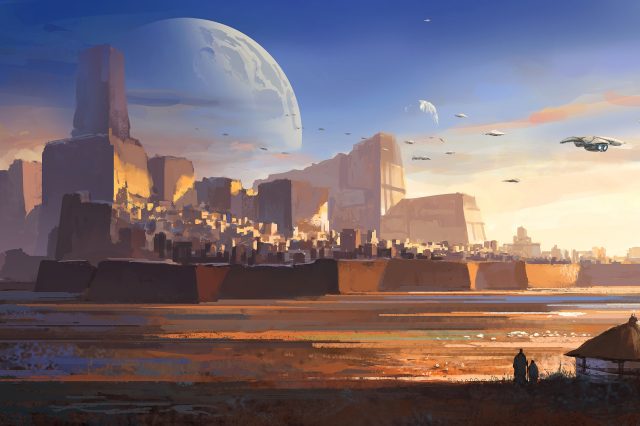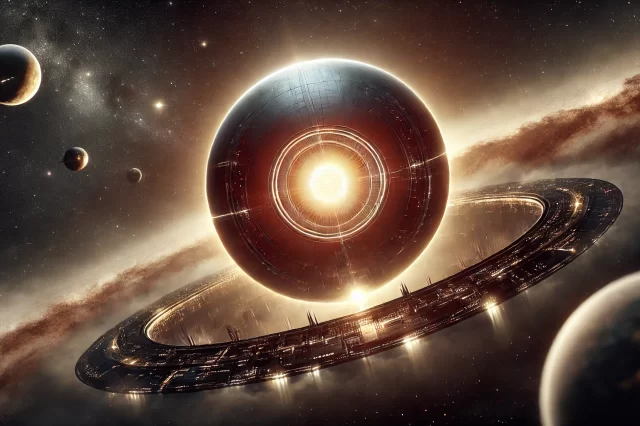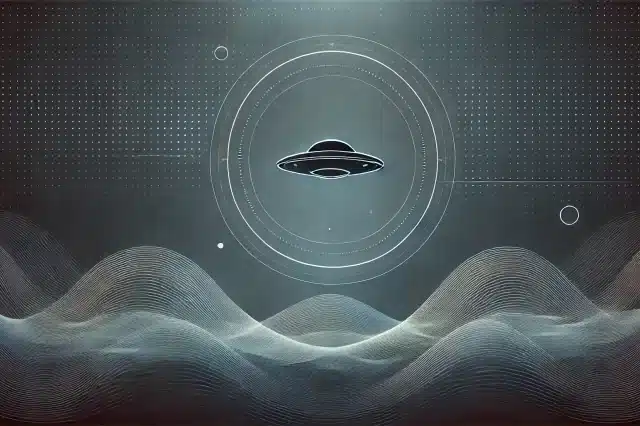Aliens may look completely different from anything we've ever imagined in the past if we ever make contact.
Given the size of the universe, the odds are high that extraterrestrial life exists somewhere. Some scientists even estimate that we will find it by the next two or three decades. But what would aliens look like?
The popular view of aliens that humans have told is that they should be short, grey, or green humanoids with large heads, generally not very different from humans’ appearance.
I have given it a thought and created a list of several reasons why the aliens if we ever find them, will likely not look like us. The case may be where several of these reasons are combined, or there is a completely different reason that I have not thought about. The whole purpose here is to consider some possibilities and have some fun, of course.
1. Their planet has a different gravity

Gravity is a key factor in the development of all organisms. In addition to limiting the size of land animals, gravity also determines the number of very specific adaptations. We see examples of this on Earth. Organisms that emerged from the water onto land acquired limbs and complex skeletons, as the water’s buoyancy no longer saved them from gravity.
And although the planet’s gravity must fall within a certain range (high enough to maintain the atmosphere but low enough not to flatten everything), this range is still quite wide and allows a variety of conditions for life to exist.
Let’s imagine a hypothetical situation: the force of gravity on Earth has doubled. While this may not necessarily cause all the complex life on earth to turn into tortoise-like, stocky creatures, bipedal people will have a difficult time. Even if we maintain our two-legged method of locomotion, we will become much shorter and have larger bones that can handle the increased force of gravity.
An Еarth with half gravity is likely to have the opposite effect. Land animals will need less muscle and weaker skeletons to handle gravity, and life will generally get taller and larger.
And although we can argue as much as we like about the characteristics of life at high and low gravity, it is impossible to predict a more subtle adaptation. And such an adaptation could further change the appearance of another life.
2. Their planet has a different atmosphere
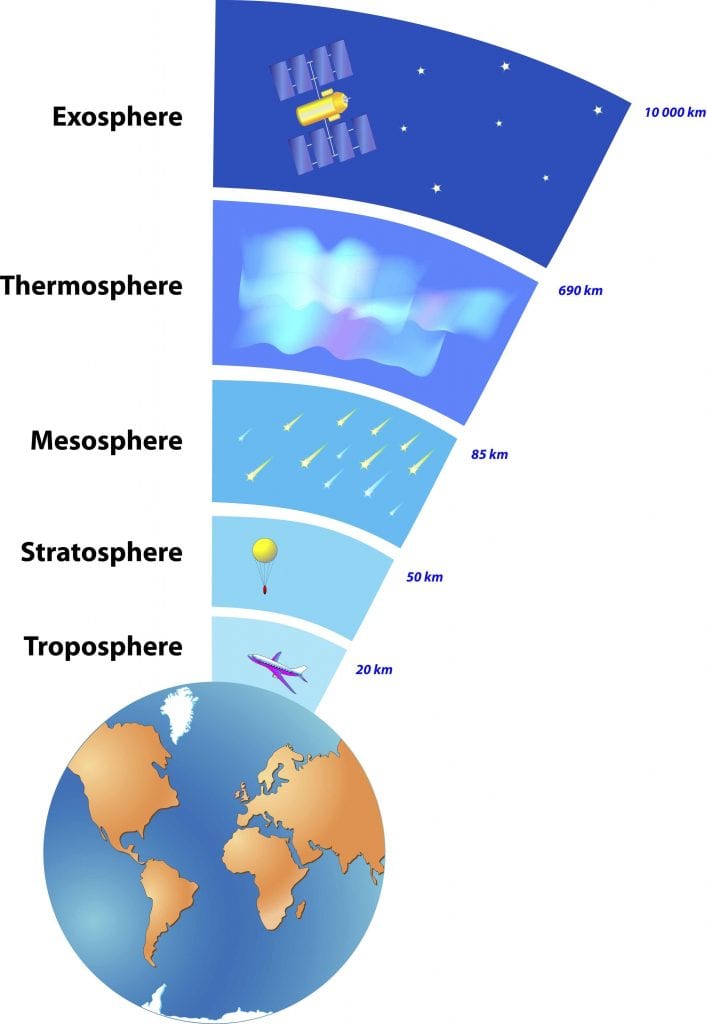
Like gravity, the atmosphere is another key factor that determines the development of life and its characteristics. Arthropods, for example, that lived on Earth during the Carboniferous period 300 million years ago were significantly larger due to their higher oxygen content – up to 35% compared to 21% today.
Species from this period include the Giant Dragonfly Meganeura with a wingspan of up to 75 centimeters, the giant scorpion Pulmonoscorpius 70 centimeters long, and the dreaded millipede Arthropleura, which could grow up to 2.5 meters. If a 14 percent difference in oxygen content can affect the size of arthropods so much, what would a planet have with an atmosphere that would have much lower or higher oxygen?
And we have not even indirectly mentioned the possibility of the development of life, which does not need oxygen at all – this is an infinite number of possible atmospheric compounds with which you can work.
Scientists have already found a multicellular organism that does not need oxygen on Earth, so the chances that it will thrive on a planet with a completely different atmosphere should also not be discounted. The aliens that evolve on such a planet will differ from us.
3. Aliens may depend on another element
Virtually all life on Earth has three biochemical requirements: it is carbon-based, it needs water, and it has DNA to transmit genetic information to its offspring. But it would be too “earthly” to believe that life everywhere in the Universe follows the same rules when it can be based on completely different principles. Let’s look at the first requirement, carbon.
On Earth, all living organisms are made up of large amounts of carbon. There are several reasons for this: carbon binds well to other atoms, is relatively stable, is available in huge quantities, and can form complex biological molecules necessary for organisms.
And yet, it may well be that other elements will take their place – the most popular alternative is silicon. Carl Sagan even coined the term carbon chauvinism to describe our prejudice that carbon should be the basis for life everywhere. If it exists, silicon-based life will be completely different from earthly. For example, silicon requires higher temperatures to achieve a highly reactive state.
4. They don’t need water
As mentioned above, water is another universal requirement for all life on Earth. Water is necessary because it exists in liquid form over a wide temperature range, is an effective solvent, acts as a transport mechanism, and enables chemical reactions to proceed.
But this does not mean that other fluids cannot take their place in the universe. Liquid ammonia is considered the most popular substitute for water as the basis for life, as it has many of the qualities of water, such as a high specific heat (the amount of heat required to raise its temperature).
Another popular alternative is liquid methane. Several scientific papers using data from NASA’s Cassini spacecraft suggest that methane-based life could even exist in our own solar system on Saturn’s moon Titan.
In addition to being completely different from water in the composition, ammonia, and methane also exist in liquid form at much lower temperatures. It’s not hard to guess that life will look different based on these substances as a universal solvent.
5. Aliens may have an alternative form of DNA
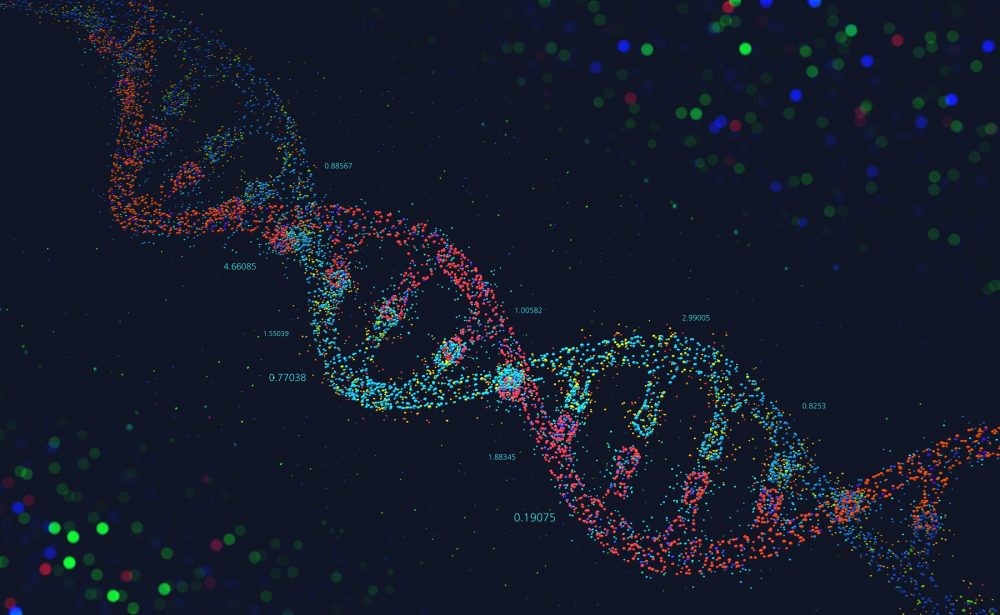
The third key element in the mystery of life on Earth is how genetic information is stored. For a long time, we believed that only DNA could do this. But it turned out that there could be an alternative. Not long ago, scientists created an artificial alternative to DNA – XNA (Xeno nucleic acid). Like DNA, XNK can store and transmit genetic information and evolve.
In addition to having an alternative form of DNA, alien life could also make and use other proteins. All life on Earth uses a combination of only 22 amino acids to make proteins, but there are hundreds of amino acids in nature, not to mention those that we can create in the laboratory.
Extraterrestrial life could have its own version of DNA and other amino acids for the production of other beks. Such fundamental differences at the molecular level could lead to life not being like anything on our planet.
6. Aliens may have developed in different conditions
If the planetary environment can be constant and uniform, it can also vary greatly depending on the planet’s surface. This, in turn, can lead to several completely different habitats with specific characteristics. Such variations could pressure species and lead to life developing differently.
We have eight such major divisions on Earth called terrestrial biomes. Each is home to organisms that have adapted to their environment and are very different from organisms in other biomes.
For example, creatures from the ocean’s depths have several adaptations that allow them to survive in cold, unlit high-pressure environments and the general fitness of life in water. These organisms are not only not people but cannot survive in our earthly environment.
In this sense, alien life would not only be fundamentally different from terrestrial because of the general planetary characteristics but also because of the ecological diversity of the planet. Even here on Earth, some of the smartest organisms and species do not live in the same habitat as we do.
7. They are older than us
Given that stereotypical alien races are more technologically advanced than we are, it is safe to say that they have been around for much longer than humanity. Even more likely, life does not evolve overnight and at the same pace throughout the universe. Even a difference of 100,000 years is nothing compared to billions of years.
This means that extraterrestrial civilizations not only may have had more time to develop but also to artificially evolve – in which they used technology to redesign their bodies as they liked, instead of waiting for evolution to do its job naturally.
If this seems strange to you, do not forget that we are moving in this direction. “Designer babies,” high-quality prostheses, pacemakers, and other implants make us real cyborgs.
8. They live on a wandering planet
The sun is essential to life on Earth. Without it, plants would be unable to photosynthesize, and the entire food chain would collapse. Most of life would die out in a matter of weeks. And this is not to mention the fact that without the heat of the Sun, the Earth would be covered with ice.
Fortunately, the Sun is not going anywhere and will not soon. But the Milky Way galaxy alone has about 200 billion “rogue planets.” These planets do not have stars and rotate by themselves in the darkness of space.
Could there be life on such planets? Scientists believe that under certain conditions, yes. It all depends on the energy source. The most likely alternative to the life-giving warmth of a star is an internally driven planet. On Earth, internal heat is responsible for plate tectonics and volcanic activity. Although this will not be enough to develop a complex life, other factors should not be discounted.
Planetary scientist David Stevenson proposed the following mechanism: a wandering planet with a very dense atmosphere that can retain heat indefinitely, ensuring the existence of liquid water. On a planet of this kind, life could develop to a very serious level, like our life in the ocean, and even go out on land.
9. They could be non-biological
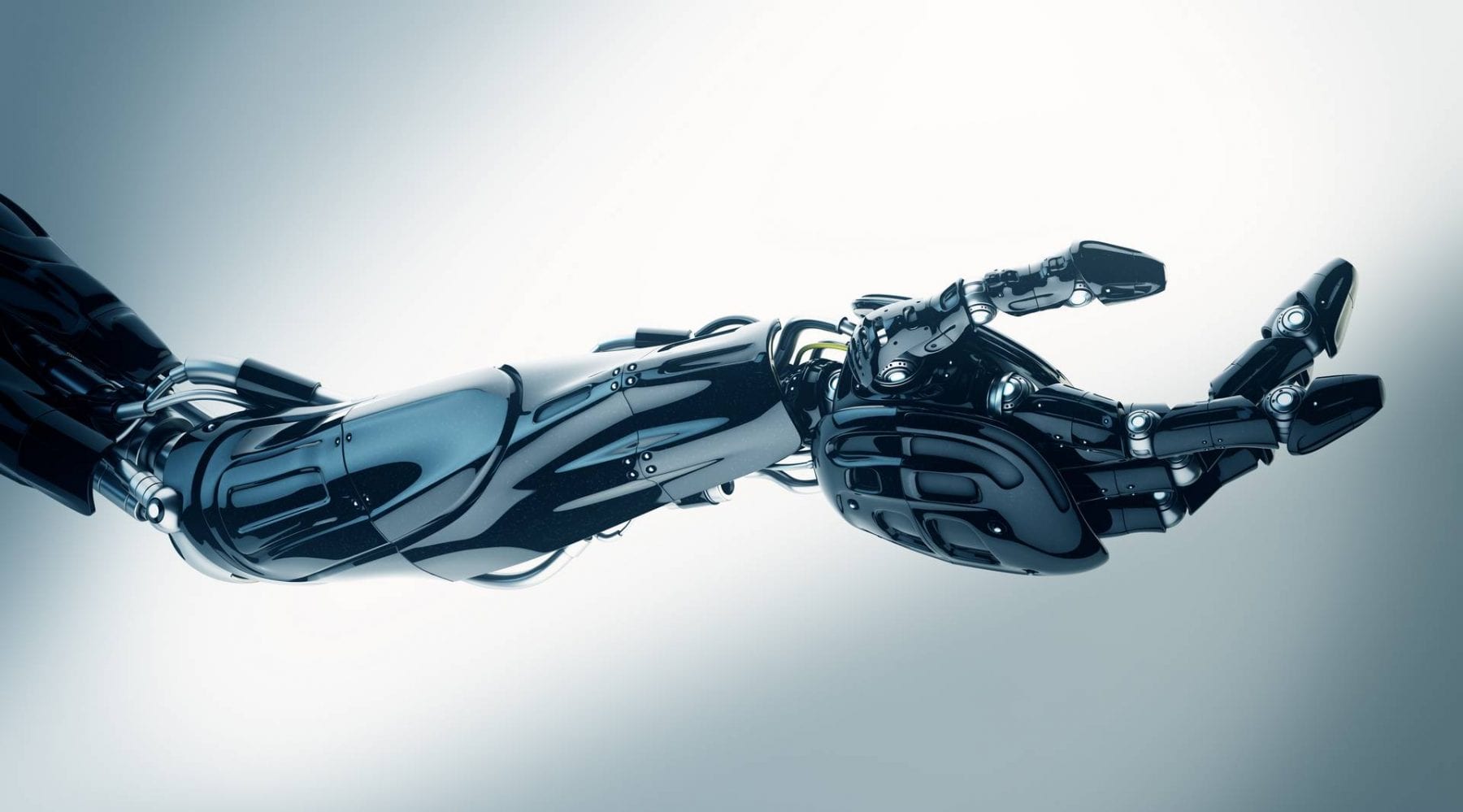
Another possibility worth considering: aliens could exist in a completely different form that we would not normally consider. They can be robots created to replace their biological bodies with artificial parts or created by other species. Seth Shostak, director and senior astronomer of the SETI Institute, generally believes that such artificial life will be inevitable and our biological forms are just a transitional phase.
We are on the verge of developing advanced artificial intelligence; who said that humanity would not move into ageless and durable robotic bodies? Such a transition, however, can be violent. Prominent scientists like Stephen Hawking and Elon Musk warned that AI might rise and take our place.
And we just scratched the surface thinking about robots. How about energetic beings? This is interesting from a practical point of view. Such a life form would not have any limitations on the physical body and would be a theoretical improvement on the aforementioned robotic life. Energy creatures will not be like humans since they will not have a physical form and will not speak.
10. “Aliens” among the animal species on Earth
Even after counting all the above factors, don’t underestimate the power of chance. As far as we know, there is no guarantee that all highly intelligent life should have a humanoid body shape. What if dinosaurs never died out? Could they have developed an intelligence like ours? What if a completely different animal evolved into an intelligent life form on Earth in our place?
In fairness, it is worth limiting the selection of possible candidates to the most advanced groups of animals – birds, and mammals. But even among these two groups, a bunch of possible species could develop intelligence comparable to that of a human. For example, dolphins and crows could be smart enough to become the masters of the Earth.
Summing up, it is worth saying that life develops in an infinite number of ways, so the chances that intelligent beings like us will appear in this Universe a second time are astronomically low. From what I believe, any extraterrestrial life form will look completely different. And since we are discussing hypothetical situations, why shouldn’t we expect another animal species to evolve into something more right here on our planet?
Join the discussion and participate in awesome giveaways in our mobile Telegram group. Join Curiosmos on Telegram Today. t.me/Curiosmos



